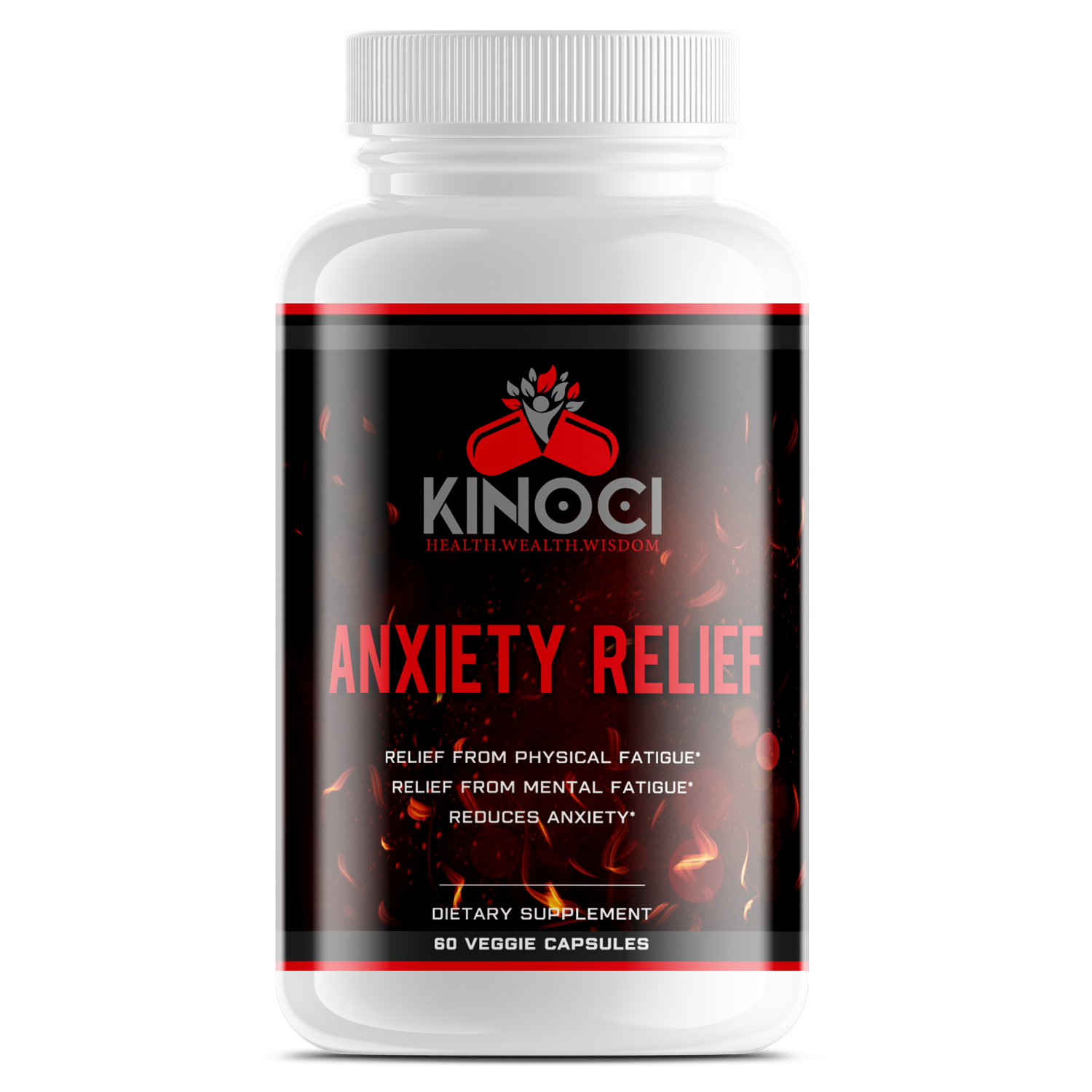| Calcium Carbonate |
● Supports bone health, muscle function, and cardiovascular health (36,37).
● Regulates processes of bone resorption, mineralization, and fracture repair (36,37).
● Increases the effect of physical exercise on bone mineral acquisition in the period preceding puberty (36,37).
● Prevents the development of preeclampsia (36,37).
| Vitamin B1 |
● Supports aerobic energy metabolism (oxidative phosphorylation), cell growth, optimal neuronal conduction (nerve impulses), and cardiovascular health (94).
● Supports cardiovascular function and aids as a neuroprotective agent in individuals with vitamin B-1 deficiencies (94, 95).
|
| Vitamin B2 |
● Supports conversion and activation of other B vitamins, red blood cell production, and serves as a cofactor for both glucose and fat metabolism (energy production) (92,93). |
| Vitamin B5 |
● Supports energy production, cell growth, cell repair, cognitive function, increased hippocampal volume (memory), and optimized bioenergetics (burning of carbohydrates, fat, and protein) (96).
|
| Vitamin B6 |
● Serves as a cofactor in more than 150 enzymatic reactions associated with blood sugar regulation, immunity, cardiovascular function, neuronal health, metabolic, and digestive health (38, 40).
● Reduces plasma glucose (blood sugar levels) v by inhibiting the activity of small-intestinal α-glucosidases (enzymes associated with glucose metabolism) (39).
● Functions as an antioxidant by counteracting the formation of reactive oxygen species (inflammatory markers) and advanced glycation end-products (38,40).
● May support blood sugar regulation in women with gestational diabetes (40).
● Cofactor for enzymes involved in DNA metabolism (40).
| Vitamin B3 (Niacin) |
● Major B vitamin that supports cardiovascular health by inhibiting hepatic(liver) triglyceride synthesis, reducing very low-density lipoprotein (VLDL) secretion and increasing HDL plasma concentrations (9).
● Reduces conversion of VLDL into LDL proteins and serum lipoprotein concentrations in plasma (blood) (9).
● Vital for regulation of gene expression, cell cycle progression, DNA repair, and cell death (9).
● Supports healthy inflammatory response via antioxidant and anti-apoptotic (prevention of cell death) properties (9).
● Prevents pathologies(diseases) such as Pellagra and reduces the prevalence of nervous anorexia, cancer, and Crohn’s disease (10, 11).
● Supports sensitization of tumors to radiation via apoptosis (cell death) cascade of the tumor mass and improves oxygen delivery to malignant tissues (cancer cells) (12).
● Supports cognitive health by reducing the age-related decline of NAD+, increasing quinolinic acid, and reducing neuroinflammation (9).
● Increased niacin-associated NAD+ levels have been shown to increase neurotransmission, learning, and memory (9).
● Niacin reduces the prevalence of neurodegenerative pathologies by preventing mitochondrial dysfunction (9). |
|
|





Reviews
There are no reviews yet.